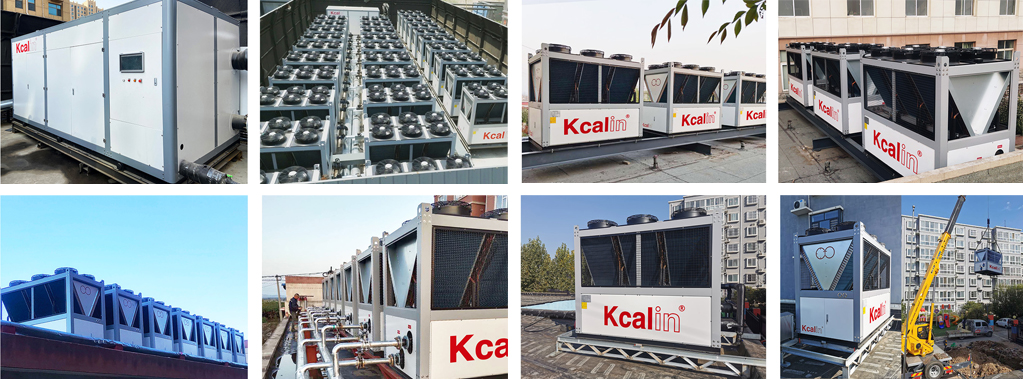With the arrival of winter, the heating cost of commercial premises has become an important expense that cannot be ignored in enterprise management. The cost of heating is directly related to the operating costs of enterprises and the working environment of employees, so in-depth analysis of how much commercial heating costs are equal has become an urgent task.
Heating demand in commercial premises
The diversity of heating demand in commercial places: The heating demand in commercial places varies due to their nature. For example, various commercial places such as office buildings, shopping centers, and restaurants have different requirements for temperature and humidity, and different heating plans need to be developed based on the characteristics of the places.
The impact of seasonal changes on heating demand: The heating demand in commercial places is also affected by seasonal changes. When winter is cold, the demand for heating increases rapidly, while in summer, cooling and ventilation issues need to be considered. Therefore, commercial venues require flexible heating systems to adapt to seasonal changes.
Cost comparison of different heating methods

Central heating system: Central heating system is a common heating method in commercial places, providing heating services to multiple buildings through centralized boilers or air source heat pump systems. Its advantages lie in centralized management and stable operation, but it requires significant investment in equipment and pipeline construction.
Household heating system: Household heating system is the installation of heating equipment in each commercial premises to achieve independent heating for each household. Although it has the advantages of good heating efficiency and low energy consumption, its construction and maintenance costs are relatively high.
Electric heating system: The electric heating system uses electricity as the main energy source and achieves heating through electric heating. Although the investment in electric heating equipment is relatively small, the electricity price is relatively high, so the cost is relatively high in the long run.
Solar heating system: The solar heating system uses solar energy as its energy source and converts solar energy into thermal energy through a solar collector. Although it has the advantages of environmental protection and energy conservation, the equipment cost is high and the scope of application is limited.
Analysis of heating cost factors affecting commercial premises
Energy price fluctuations: Commercial heating costs are directly affected by energy prices, while fluctuations in energy prices such as gas and electricity have a direct cost impact on heating costs.
Equipment investment and maintenance costs: The equipment investment and maintenance costs of commercial heating systems are important factors affecting heating costs. Efficient and excellent equipment, although invested heavily, can reduce maintenance costs and overall costs in long-term operation.
The application of energy-saving measures: The energy-saving measures adopted in commercial places are directly related to the reduction of heating costs. For example, energy-saving measures such as strengthening building insulation and optimizing heating systems can effectively improve heating efficiency.
Implementing energy conservation and emission reduction in commercial venues is feasible for reducing heating costs. Through technological improvements, equipment upgrades, and management optimization, commercial venues can achieve efficient energy utilization while ensuring heating demand. In the future, commercial heating will pay more attention to the development direction of green, low-carbon, and environmental protection. The application of new energy technology, the promotion of intelligent heating systems, and the support of policies and regulations will be the future development trends of commercial heating.
The analysis of how much commercial heating costs per square meter not only helps enterprises better understand and plan their heating system reasonably, but also provides guidance and inspiration for the sustainable development of commercial heating in the future. With the advancement of technology and the increasing emphasis on environmental protection in society, commercial venues will pay more attention to the efficient, clean, and sustainable development of heating systems, achieving a win-win situation of economic and social benefits. In the future development, controlling the heating cost of commercial premises will become an important link in the sustainable operation of enterprises, and will also make positive contributions to the energy utilization and environmental protection of the whole society.







Comment